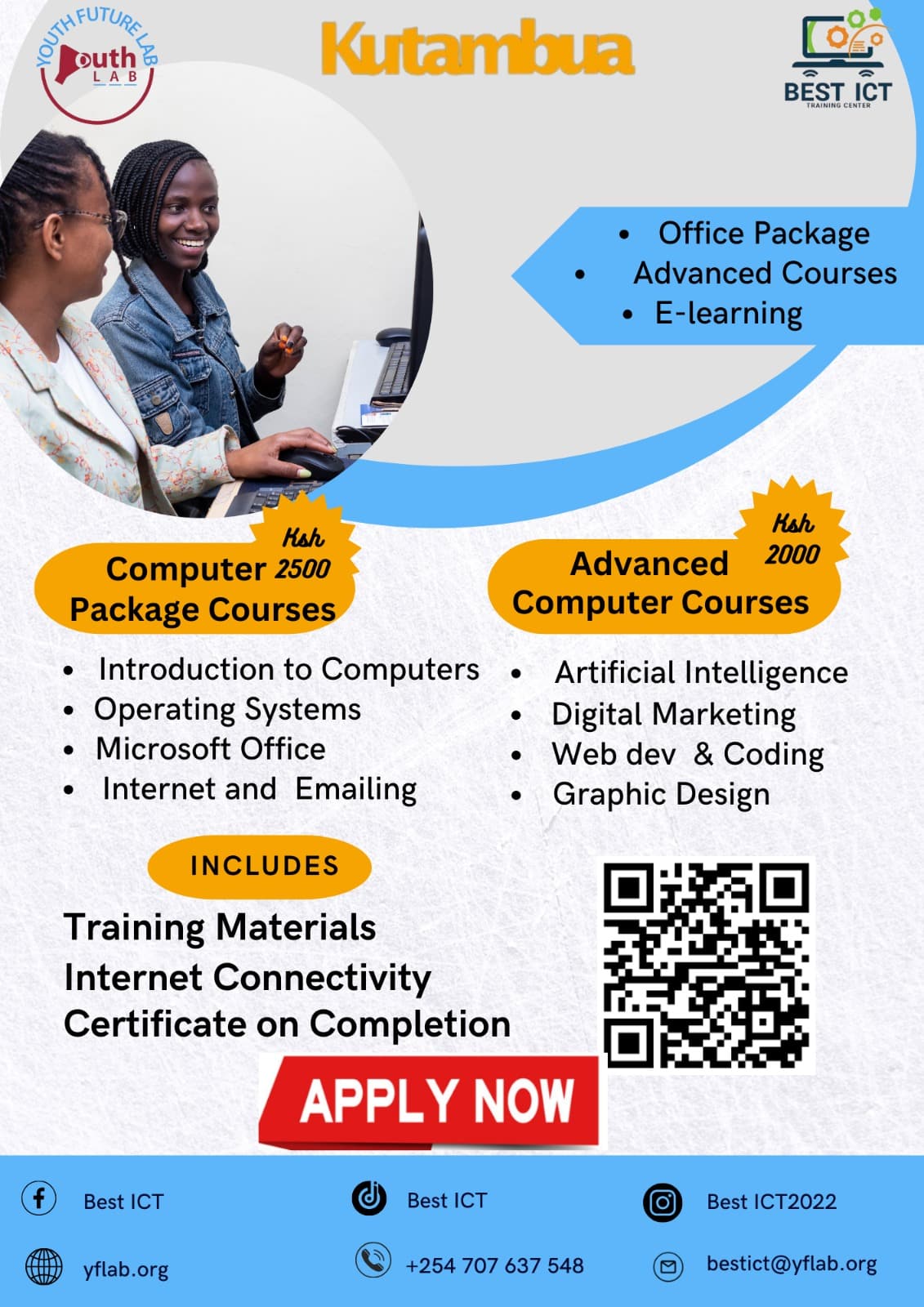
Communication is the conveying and receiving information through a range of verbal and non-verbal means. When you deliver a presentation at work, brainstorm with your coworkers, address a problem with your boss, or confirm details with a client about their project, you use communication skills.
- Types of Communication
– Verbal Communication: Using spoken words to convey messages.
– Non-Verbal Communication: Body language, facial expressions, gestures, posture, and eye contact.
– Written Communication: Emails, reports, social media, and other written formats.
– Visual Communication: Use of images, graphics, and design to convey information.

2. Core Principles of Effective Communication
– Clarity and Conciseness: Be clear and to the point to avoid misunderstandings.
– Active Listening: Pay full attention, show empathy, and respond appropriately.
– Empathy: Understand and share the feelings of others to build trust and rapport.
– Feedback: Provide and solicit constructive feedback to improve communication.
– Consistency: Ensure your message is consistent across different communication channels.

3. Improving Verbal Communication
-Think Before You Speak: Organize your thoughts to avoid confusion.
– Tone and Pitch: Use a tone that matches your message and is appropriate for the audience.
– Articulation: Speak clearly and at a moderate pace to ensure understanding.
– Engagement: Use questions and active participation to keep the conversation lively.
4. Enhancing Non-Verbal Communication
– Body Language: Use open gestures, maintain good posture, and avoid crossing arms.
– Facial Expressions: Ensure your facial expressions match your message.
– Eye Contact: Maintain appropriate eye contact to show confidence and interest.
– Personal Space: Respect the personal space of others to make them feel comfortable.
5. Effective Written Communication
– Structure: Use clear headings, bullet points, and paragraphs to organize content.
– Clarity: Avoid jargon and complex sentences; keep it simple and direct.
-Proofreading: Check for grammar, spelling, and punctuation errors.
– Tone: Match the tone to the context and audience, whether formal or informal.
6. Developing Active Listening Skills
– Focus: Eliminate distractions and give full attention to the speaker.
– Feedback: Nod, use verbal affirmations, and summarize to show understanding.
– Avoid Interrupting: Let the speaker finish before responding.
– Empathize: Show understanding and relate to the speaker’s emotions and experiences.
7. Handling Difficult Conversations
– Stay Calm: Keep emotions in check and approach the conversation with a clear mind.
– Listen: Allow the other person to express their views without interruption.
– Be Respectful: Use polite language and avoid blaming or accusing.
– Seek Solutions: Focus on finding a resolution rather than winning an argument.
8. Cross-Cultural Communication
– Cultural Awareness: Understand and respect cultural differences in communication styles.
– Language Barriers: Be patient and use simple language when dealing with non-native speakers.
– Non-Verbal Differences: Be aware that gestures and expressions may have different meanings in different cultures.
9. Using Technology in Communication
- Emails: Be concise, use clear subject lines, and avoid long paragraphs.
- Social Media: Be mindful of the public nature and permanence of social media posts.
- Virtual Meetings: Ensure good lighting, clear audio, and minimize background distractions.
10. Continuous Improvement
– Seek Feedback: Regularly ask for feedback on your communication skills.
– Observe Others: Learn by observing effective communicators and their techniques.
– Practice Regularly: Engage in conversations, public speaking, and writing to improve.
– Training and Workshops: Attend courses and workshops on communication skills.

By understanding and implementing these tips and strategies, you can significantly improve your communication skills and enhance your interactions in various aspects of life.




